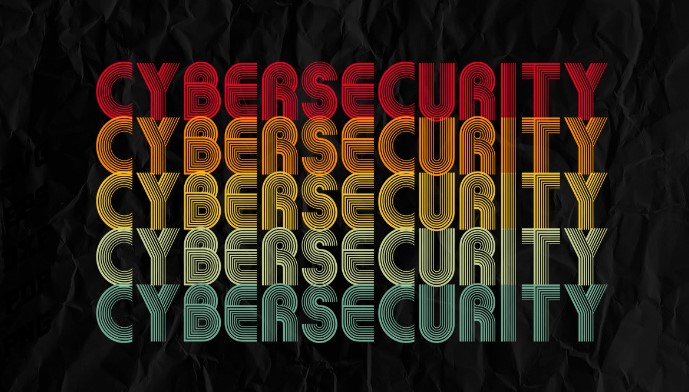A Journey Through the History of Cybersecurity (Part 2)
February 16, 2024

In our interconnected world, cybersecurity has become a critical concern, with organizations and individuals striving to protect their digital assets from ever-evolving threats. To fully appreciate the significance of cybersecurity today, it is essential to explore its historical roots and understand how it has evolved over time. In this blog post, we will take a captivating journey through the history of cybersecurity, highlighting key milestones and pivotal moments that have shaped its landscape.
The Early Days: 1960s-1970s
The birth of modern cybersecurity can be traced back to the early days of computing. As the concept of networked computers emerged, so did the need for securing them. In the 1960s, the term “computer security” was coined, and the focus was primarily on physical security measures, such as locked rooms and restricted access.
The Rise of Malware: 1980s-1990s
The 1980s witnessed the emergence of the first malware attacks. The infamous Morris Worm in 1988, which infected thousands of computers, brought attention to the vulnerability of interconnected systems. This prompted the development of the Computer Emergency Response Team (CERT) and the need for incident response and coordination.

The Internet Age: Late 1990s-2000s
The rapid growth of the internet in the late 1990s brought new cybersecurity challenges. The advent of e-commerce and online banking introduced risks associated with financial transactions and data privacy. This led to the development of encryption protocols, such as SSL/TLS, to secure online communications.
The Era of Cybercrime: 2000s-2010s
The 2000s marked a significant increase in cybercrime activities. Cybercriminals began exploiting vulnerabilities in software, using techniques like phishing, identity theft, and botnets. Governments and organizations responded with the establishment of cybersecurity frameworks, increased regulation, and the emergence of cybersecurity-focused organizations.
The Era of Cybercrime: 2000s-2010s
The 2000s marked a significant increase in cybercrime activities. Cybercriminals began exploiting vulnerabilities in software, using techniques like phishing, identity theft, and botnets. Governments and organizations responded with the establishment of cybersecurity frameworks, increased regulation, and the emergence of cybersecurity-focused organizations.

Advanced Threat Landscape: 2010s-Present
The 2010s brought about a new era of advanced threats. Nation-state-sponsored attacks, sophisticated ransomware, and large-scale data breaches became prevalent. The rise of cloud computing, mobile devices, and the Internet of Things (IoT) expanded the attack surface, requiring a more holistic approach to cybersecurity.
The Evolution of Defense: Present and Beyond
Modern cybersecurity efforts focus on proactive defense and intelligence-driven strategies. Artificial intelligence (AI) and machine learning (ML) technologies are utilized to detect and respond to threats in real-time. Additionally, industry collaboration, threat intelligence sharing, and cybersecurity awareness programs are helping build a stronger defense against cyber threats.
The history of cybersecurity is a testament to the continuous battle between those seeking to exploit vulnerabilities and those working tirelessly to protect digital assets. From the early days of physical security to the complex landscape of today, cybersecurity has evolved to address the challenges brought by technological advancements.
As we move forward, cybersecurity will remain an ever-evolving field, demanding constant innovation, collaboration, and vigilance. Organizations and individuals must stay informed, adopt best practices, and embrace emerging technologies to navigate the evolving threat landscape and protect the digital realm upon which we rely. Together, we can build a more secure and resilient digital future.
Have Any Question?
Call or email Cocha. We can help with your cybersecurity needs!
- (281) 607-0616
- info@cochatechnology.com




